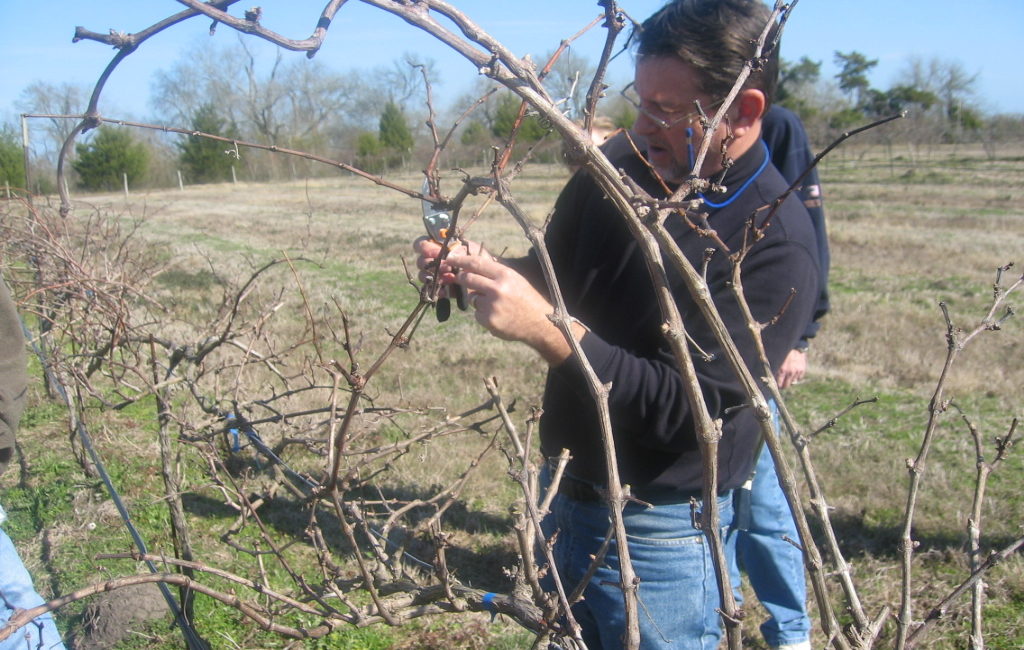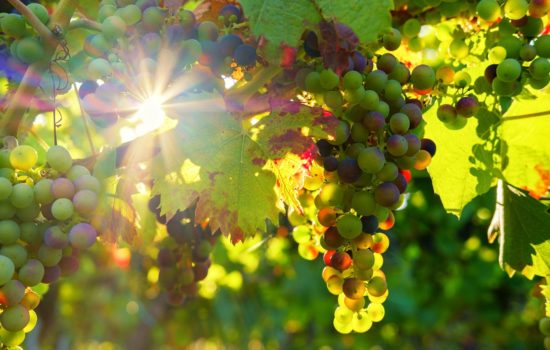Winter Vineyard Activity
Winter is the time when vineyard grape vines are dormant. The grape vines have prepared for the winter by dropping their five-pointed leaves after their grapes are harvested. Grape vines have protection mechanisms for the cold winters. However extreme cold weather can eliminate some or all of the vines’ summer grapes. In some cases, it can kill the vines. Extreme cold as found sometimes in the New York Finger Lakes area or British Columbia can see temperatures plummet to ten degrees below zero Fahrenheit or even lower. The ground can actually freeze to depths of several feet killing shallow roots and expanding due to the freezer to put enormous horizontal pressures at the vine’s base and vertically left and partially separate the upper portion of the vine from the vine’s deep root sited at 25-feet below the ground. When this happens, entire vineyards can be wiped out. During Texas’ deep freeze two years ago, the primary grape buds on the vine which produce the grapes were killed. However, the vine does have secondary buds to continue to produce grapes after these extreme cold temperatures are over and the soils have warmed. Texas lost a significant amount of grapes in some areas of the High Plains when the primary grape buds were killed. The secondary grape buds did produce some grapes which saved Texas grape crop. However, the quantities were low, but the quality was very high since less grapes on the vines foundation aka roots meant quality grapes based on the concentration of the grapes’ essence from the roots into those vines. Texas vineyards have recovered, but the process on the road to recovery is over a year. Vineyards in British Columbia have experienced seriously cold, long spells which have killed the primary buds and almost all of the secondary grape buds. Vineyard projects show over 96% of their grape crop is dead from their extreme cold temperatures this year.
As winter transitions to early spring, vineyards prune their vines. The purposes for pruning include training the vines for ease of grape harvest and to reduce the grape production to a suitable level for each vine. The young woody growth off the arms of the vine can be several feet long. This young “wood” is normally pruned to provide four grape bunches per cane off the arms, normally one on each side of the vertical grape vine trunk. To limit grape production, most vineyards will only allow six spurs per arm. This will still allow an overabundance of grapes with the best grapes remaining on the vine and the poor grape bunches entirely removed off the grape vine to limit grape quantity and enhance the grape quality. Pruning has been used in the Bible as an analogy to enhance quality. Pruning along the Gulf Coast is occurring now with Texas Hill Country vineyards pruning around the first of April. The Texas High Plains tries to delay bud break and prunes in mid-April to the first of May. If an early bud break occurs on the Texas High Plains too early, a late freeze can stunt the grape vine and its production. If an early bud break on the grape vines occurs, a rough pruning meaning cutting the young wood to two feet off the grape vine arms occurs. This will normally delays bud break by a week and save the vineyard. The rough pruning is then followed once bud break re-occurs to spurs of six-inch lengths. This is rather labor intensive, but it will save grape vines!










